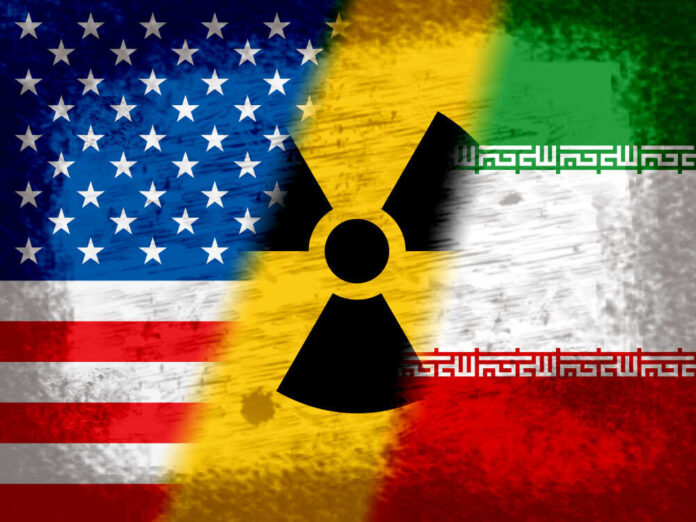According to a report, even the most potent bunker-buster bombs used by the United States military may not be able to penetrate Iran’s subterranean nuclear facilities, according to reports; however, military specialists warn that this does not necessarily make the installations inaccessible.
Recent satellite imagery has revealed that a nuclear facility being built in central Iran is being constructed deep underground, fueling concerns that the site and others like it may be hidden too far below the ground to be an effective target for even the most powerful Massive Ordnance Penetrator bunker buster bombs, or MOPs.
A report from November 2021 revealed that Israel demolished Iraq’s nuclear reactor in 1981. Israel destroyed Syria’s nuclear facility in 2007. But Iran is more challenging than Syria and Iraq. Israel is further from the objectives than Iraq or Syria. Iran has multiple nuclear sites, unlike Iraq and Syria. To surprise such objectives, a massive army must assault them simultaneously. Iran must divide its troops to protect all those goals. The IAF is also more capable than in 2007 or 1981. To dissuade Iran, the IAF requires US help in various areas.
The report explained that Iran has hardened nuclear installations. The IAF uses GBU-28 bunker-buster bombs. Those bombs may not be strong enough to break Iran’s heavily secured nuclear locations like Fordo. The IAF needs the MOP, a massive American bomb. A US Congress bill in October 2020 asked the Department of Defense to consider selling Israel bunker-buster bombs able to penetrate highly fortified underground facilities.
The MOP needs heavy bombers, which Israel’s fighter bombers lack.
The IAF needs a US strategic bomber. According to the report, the IAF’s C-130J transport jet, however troublesome, might transfer the MOP into Iran. Due to Iran’s severe threat to Israel, it may be worth it for the IAF to risk this deadly mission.














